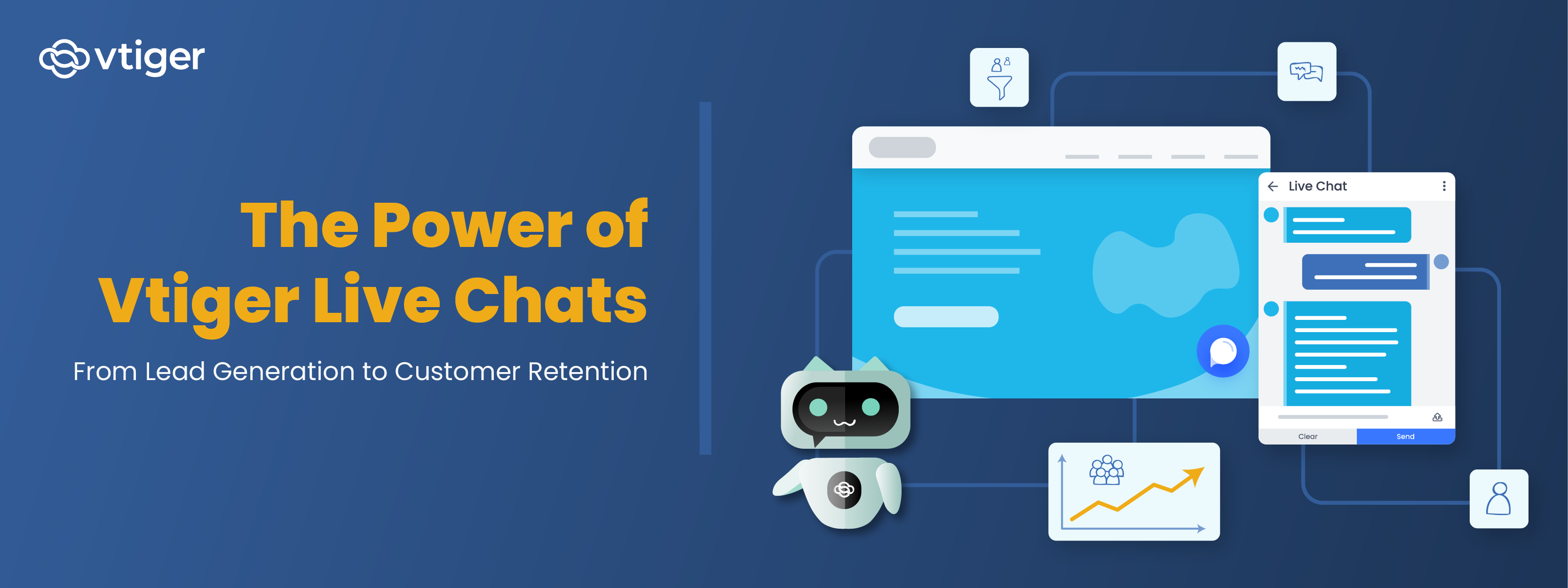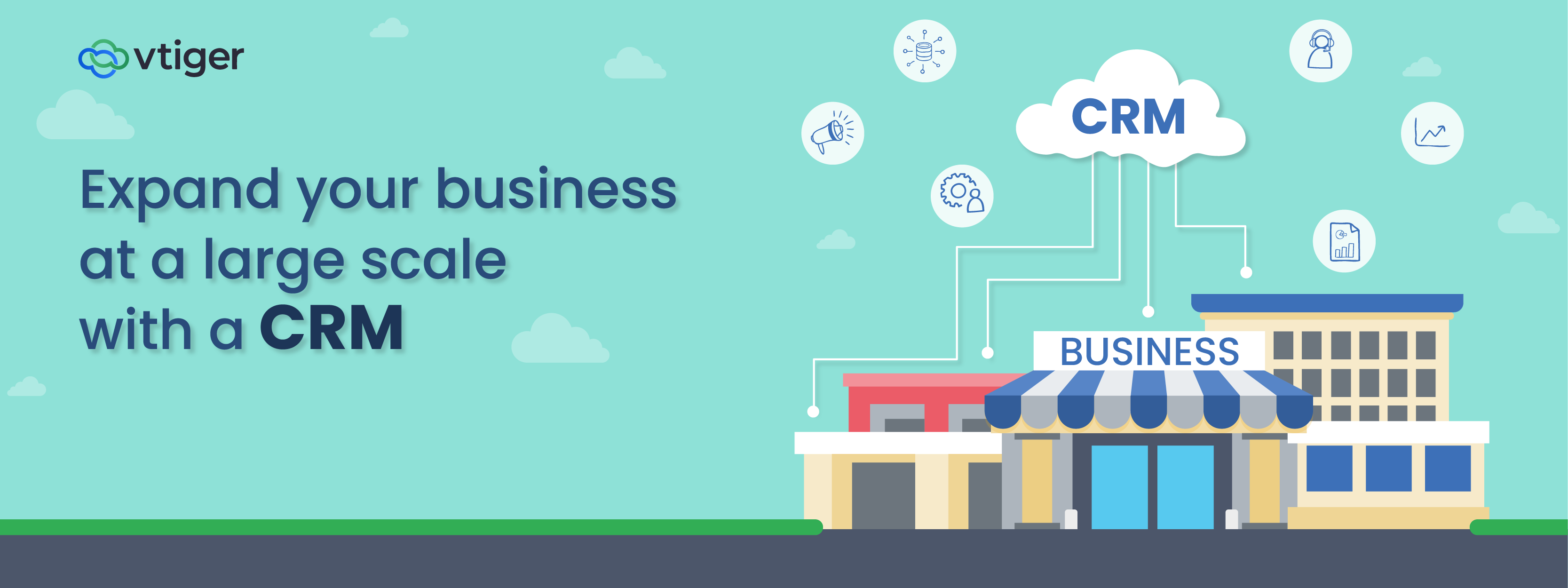We all hate poor customer service. Whether we’re on the phone, conversing via email, in chat, or through some other channel – an experience can go awry in a lot of ways. Whether it’s that we can’t reach a customer service team, or that we can, but that it takes too long, a rep doesn’t understand us, is apathetic to our problems, or downright tries to avoid helping us, that “miffed” feeling we get after the fact can sit with us in memory for a long time.
It’s no surprise that what we like and dislike about customer service perfectly mirror what customers typically complain about or laud. It comes as some surprise that countless businesses today still fail to get it right. This leads to some unsurprising outcomes. Case in point: A Bain study revealed that a customer is four times more likely to defect to a competitor if their problem is service related than price or product related. And even if they don’t defect, customers subjected to poor service experiences share it on average with twice as many people as they would good experiences. The overall impact on a business can be significant, with increased churn, a poor reputation followed by an increase in customer acquisition and retention costs.
In contrast to a poor experience, given that so many poor experiences still occur, a great customer service experience can be a strong source of competitive advantage. A study by Echo Research shows that on average 70% of customers are willing to spend more with businesses that provide great customer service.
So what makes a service experience great? We’ve done the research for you, and most of this shouldn’t be surprising – below are 4 factors that, when done right, can make for a great customer interaction every time.
Lower resolution times
By virtue of the fact that customer service exists to support a product or other primary experience – it should be, first and foremost, fast. 69% of customers attribute a positive customer service experience to their problem being solved quickly. When running a busy support organization, service level agreements, case escalations, notifications and email reminders ensure that support managers see timelines of every case coming through every channel, ensuring that issues are resolved promptly.
A repetition-free experience
72% of customers blamed their bad customer service interaction on having to explain their problem to multiple people. This communication breakdown can be overcome by sharing data behind the scenes within a team. A CRM or helpdesk system with a case record to capture and encapsulate the entire engagement’s history, from conversations, to files the customer has shared, ensures that reps get up to speed and solve problems faster, with less input required from customers.
Multiple support channels
Some customers have a single channel of preference for reaching out to solve problems. Others select a service channel most appropriate for the problem that they’re trying to solve, with phone, email, social media, and chat among the most common. Providing customers with easy access to a variety of these can minimize the time it takes for them to reach out, and the frustration they experience during the process. A system to integrate these channels for your support team is key to managing requests, and supporting customers expeditiously and with ease.
Personalized experiences
In a world of too information overload, we don’t have time for impersonal messages. An email starting with a “hi”, or a call in which the person on the other end doesn’t state our name, indicates that the person on the other end doesn’t know us. Using names in any communication is key to letting customers know that they’re understood. Vtiger’s Email Templates let you pull information from customer records to target and personalize emails so that emails are always relevant. Integrated phone calls show you what customer is calling, so that your greeting can focus on connecting with the customer, rather than a providing a sterilized introduction.
Vtiger’s powerful helpdesk tools help you provide instant, personalized multi-channel support, with seamless handoffs. Contact us at [email protected] to learn how.


